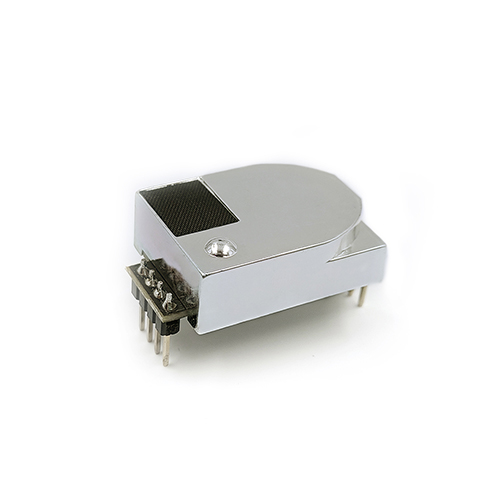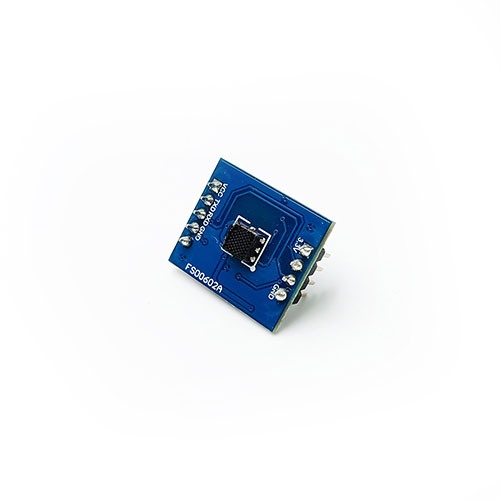Building Automation Sensors
Gas sensor applications are very wide-ranging and are found in smart home, automotive electronics, industrial processes, environmental monitoring, consumer electronics and other industries.
Gas sensor end-products of a wide range of types, a variety of uses, and a high degree of personalization, not only can be used to detect flammable gases in the environment, such as natural gas, liquefied petroleum gas, hydrogen, etc., but also able to detect toxic and harmful gases, such as carbon monoxide, hydrogen sulfide, ammonia, formaldehyde, benzene, toluene, etc., but also to detect oxygen, carbon dioxide and other gases that are closely related to human activities, but also in the drink-driving monitoring, Medical monitoring and other fields for the detection of alcohol, 13CO2 and other gases.

Applications of Building Automation Sensors
In building automation systems, sensors are widely used in various fields. Among them, the most common applications include:
Temperature sensors are mainly used to monitor the temperature in a building and maintain the indoor temperature at a constant level by adjusting the supply air volume and return air volume of the air conditioning system. Common temperature sensors include thermistors, thermocouples, etc.
Humidity sensors are mainly used to monitor the humidity in a building and maintain indoor humidity at a constant level by adjusting the supply air volume and return air volume of the air conditioning system. Common humidity sensors include resistive, capacitive, etc.
CO2 Sensor and TVOC Sensor are mainly used to monitor the air quality in the building and adjust the fresh air system to ensure that the indoor air quality reaches the standard.
Pressure sensors are mainly used to monitor the water pressure and air pressure of the air conditioning system to ensure the normal operation of the system. Common pressure sensors include resistive, capacitive, etc.
The flow sensor is mainly used to monitor the water flow and air flow of the air conditioning system to ensure the normal operation of the system. Common flow sensors include electromagnetic type, ultrasonic type, etc.
Types of sensors in building automation systems
According to different application scenarios and monitoring objects, Building Automation Sensors can be divided into the following categories:
Resistive sensors are a common type of sensor, and their principle is to use changes in the resistance value of sensitive components to monitor the measured parameters. In building automation systems, resistive sensors are often used to monitor parameters such as temperature and humidity.
Capacitive sensor is a common sensor type. Its principle is to use changes in the measured dielectric constant to change the capacitance of the capacitor, thereby changing the output signal of the sensor. In building automation systems, capacitive sensors are often used to monitor parameters such as humidity and pressure.
Piezoelectric sensors are a common sensor type that use the piezoelectric effect of piezoelectric materials to monitor measured parameters. In building automation systems, piezoelectric sensors are often used to monitor parameters such as pressure and vibration.
Magnetostrictive sensors are a common sensor type that utilize the magnetostrictive effect of magnetostrictive materials to monitor measured parameters. In building automation systems, magnetostrictive sensors are often used to monitor parameters such as liquid level and flow rate.
Features of Building Automation Sensors
In building automation systems, sensors play a very important role, and their characteristics are mainly reflected in the following aspects:
High precision
Due to the high-precision characteristics of the sensor, environmental parameters in the building can be accurately measured and adjusted, thereby achieving better energy saving effects and human comfort.
High reliability
Due to the high reliability of the sensor, it can maintain good performance and accuracy during long-term use, ensuring the stability and reliability of the building automation system.
real-time monitoring
Due to the real-time monitoring characteristics of the sensor, the environmental parameters in the building can be monitored and adjusted in real time, thereby responding to changes in the outside world and the needs of the human body in a timely manner.
Intelligent development
With the development of Internet of Things technology, smart sensors have become a development trend. Smart sensors can realize the measurement and remote control of multiple parameters, and can interact with other devices and share information through the network, bringing a more convenient and efficient experience to the building automation system.
Building Automation Sensors play a vital role in automated building construction systems. Through the application and development of sensors, more accurate, reliable, real-time and intelligent building automation systems can be realized, creating a more comfortable, healthy, safe and intelligent building environment for people.







